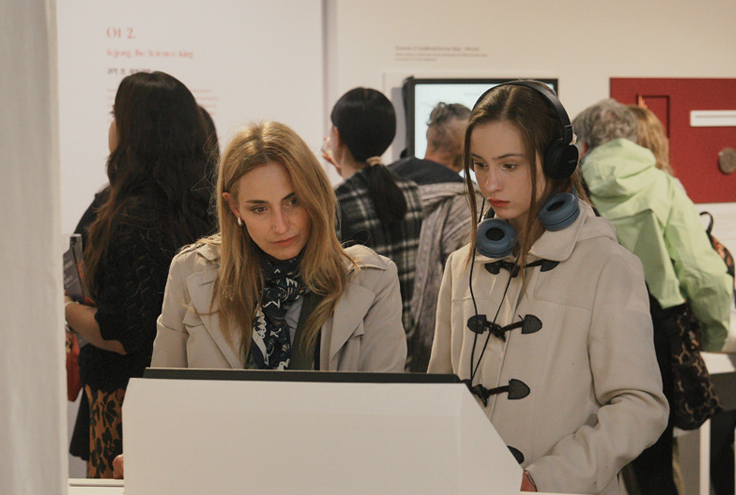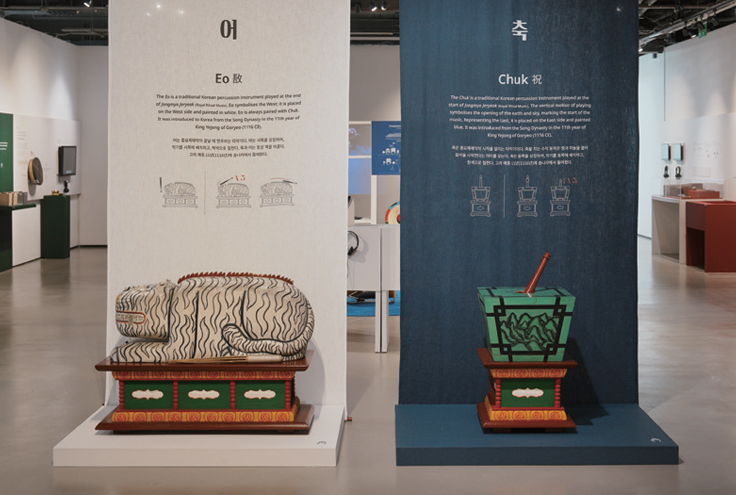
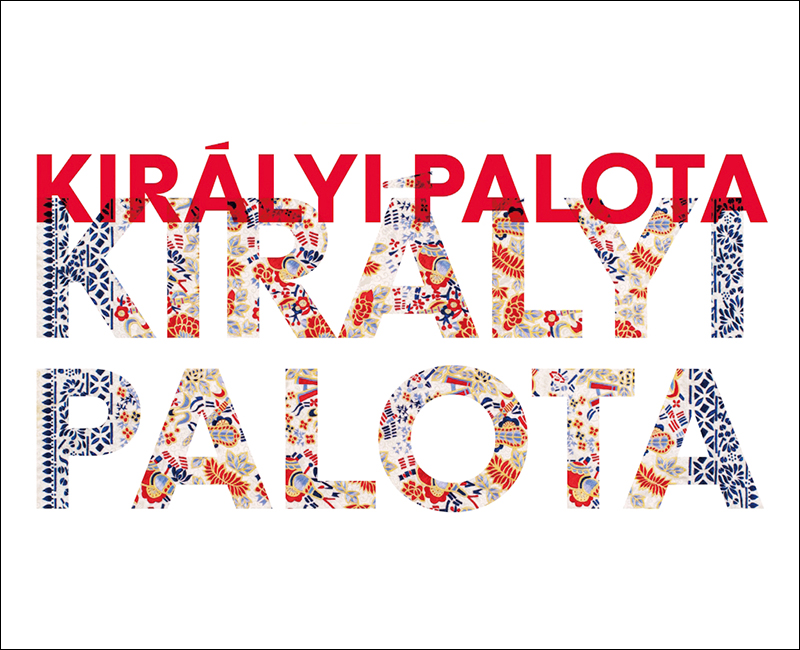
The Korean Cultural Center in Hungary is hosting a solo exhibition by embroidery master Lee Jung-sook titled “Royal Palace – Korean Traditional Embroidery” until Jul. 3.
Embroidery is an art form with a proud history dating back to 20-30 BCE. As each country, ethnicity and region has developed it differently, embroidery carries the imprint of both era and national styles. Korean embroidery is no exception. Over a long period, whether in royal courts or common households, it has been used in various aspects of daily life, establishing Korea’s unique style and aesthetic sensibility.
This solo exhibition by embroidery master Lee Jung-sook will be a venue that implicitly showcases Korean embroidery and its historical value. The exhibition centers on the artist’s reinterpretation of Joseon Dynasty court embroidery, highlighting the distinctive delicacy of Korean embroidery and its cultural significance. The exhibition is divided into three main sections: works that offer modern reinterpretations of Joseon Dynasty court embroidery, practical Korean works represented by bojagi (wrapping cloths) and the religious aspect of Korean embroidery through Buddhist embroidery.
Artist Lee Jung-sook has devoted 40 years to embroidery, building her unique artistic world through Korean traditional embroidery. Through her works, viewers can discover the intricacy of Korean embroidery and the symbolism embedded in embroidered items. They will simultaneously encounter traditional continuity through her hands and modern patterns not seen in traditional embroidery.
This exhibition, “Royal Palace,” aims to highlight the historical and cultural significance of Korean court embroidery while newly unfolding the beauty of Korean embroidery connecting tradition and modernity through Lee Jung-sook’s works.
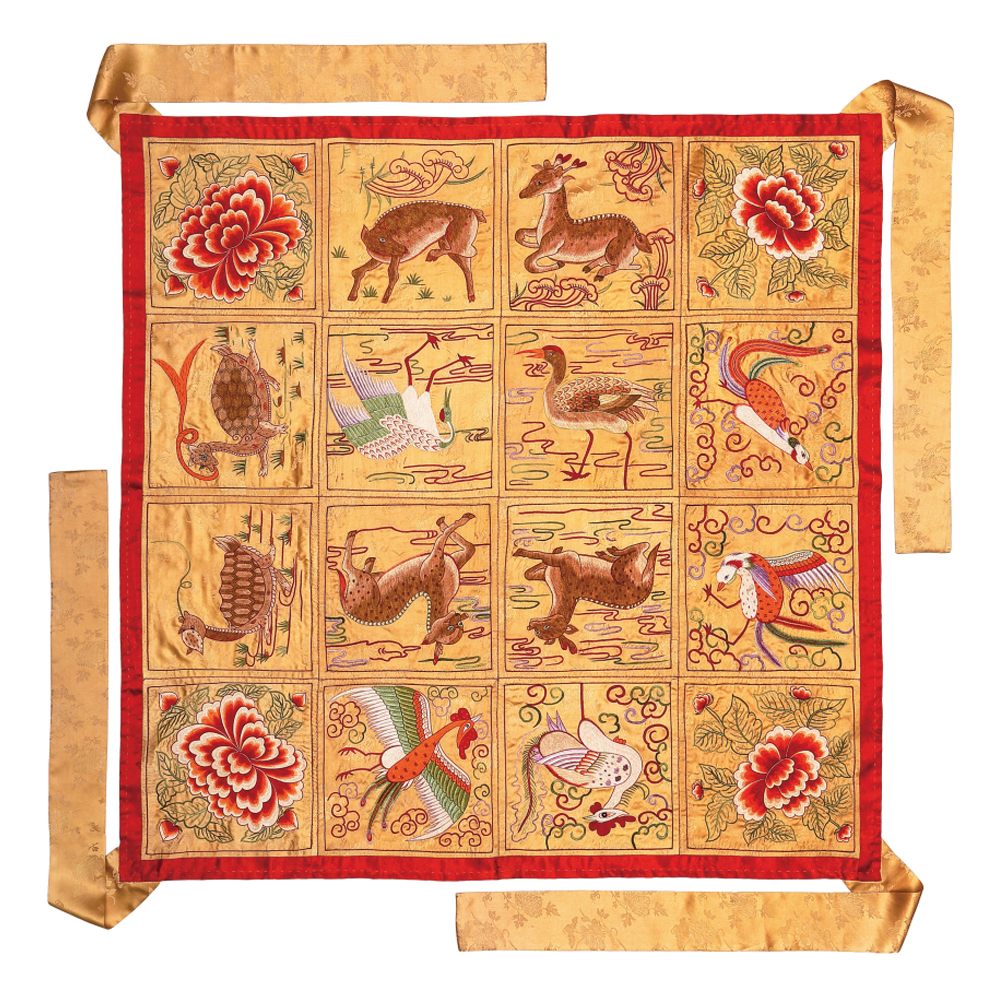

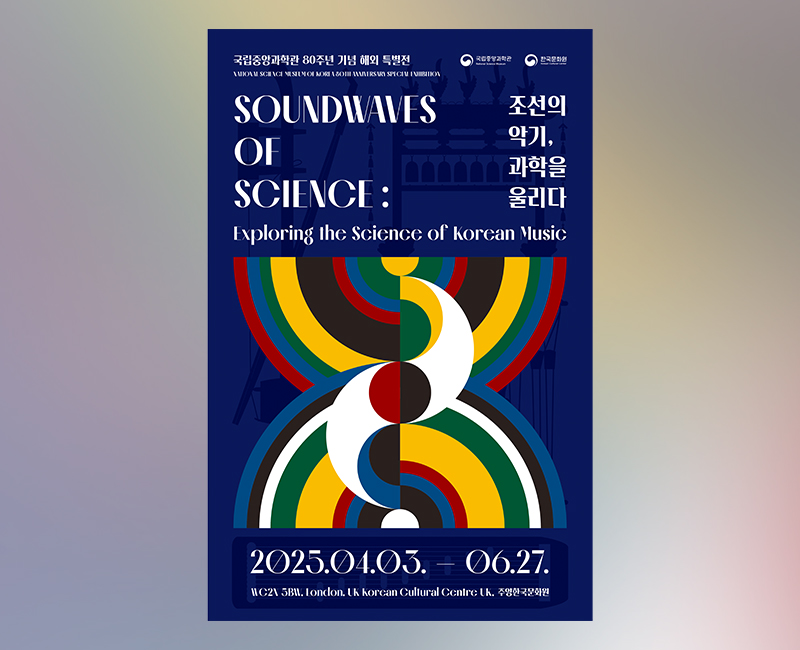
The Korean Cultural Centre U.K. is hosting an event titled “Soundwaves of Science: Exploring the Science of Korean Music” until June 27. This festival commemorates the 80th anniversary of Korea’s National Science Museum and is being presented internationally for the first time.
The exhibition is divided into three parts. Part 1, “The First Sound, Hwangjong,” examines the mathematical rules within Korean traditional music and explores scientific methods for producing exact tones. It highlights King Sejong’s process during the Joseon Dynasty for accurately implementing hwangjong, the standard tone in Korean music.
Part 2, “Vibration and Resonance—The Physics of Korean Musical Instruments,” analyzes the wave sounds produced by materials that make up Korean instruments such as paulownia wood, reeds and silk threads to explore the unique sounds of Korean instruments.
The final Part 3, “Harmony of Science and Music,” introduces Korean traditional music expanding through advanced science. Visitors can experience not only traditional Korean music but also music composed using AI and music created through human-machine collaboration.
Additionally, the exhibition provides opportunities to experience musical, scientific and cultural phenomena, such as playing instruments that begin and end Jongmyo Jeryeak (royal ancestral ritual music) or creating a yulgwan (pitch pipe) used for tuning.
Through this exhibition, visitors are expected to experience the essence of Korean aesthetics in various ways, including participation and appreciation.
